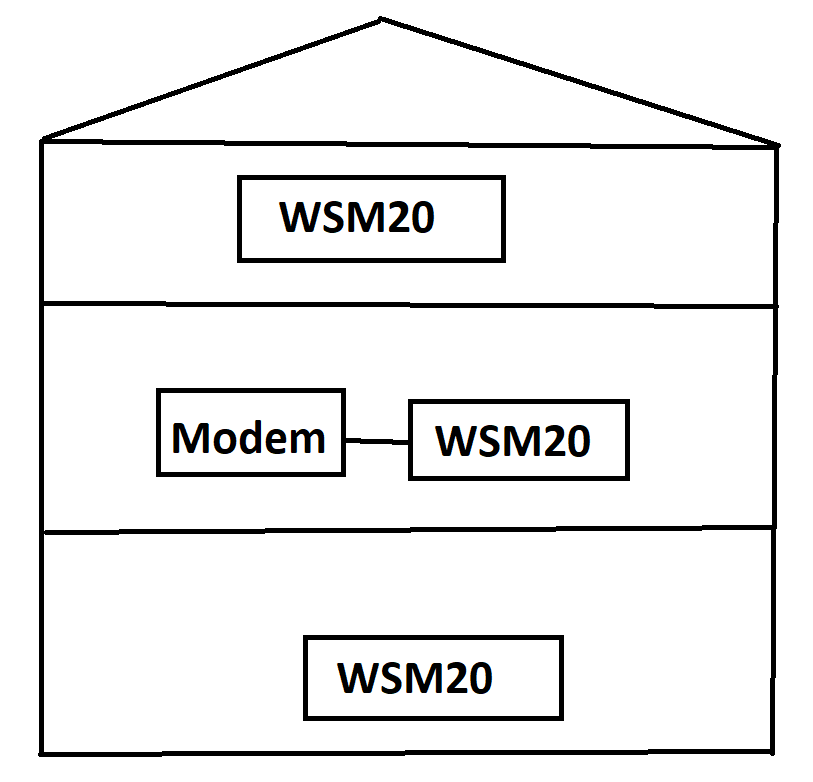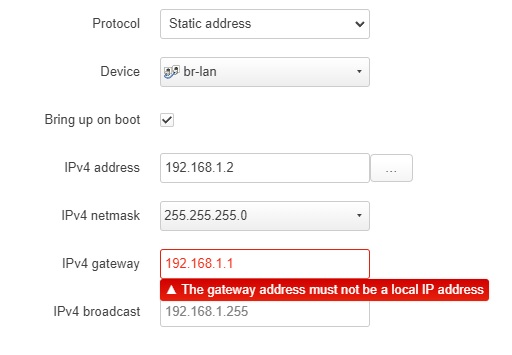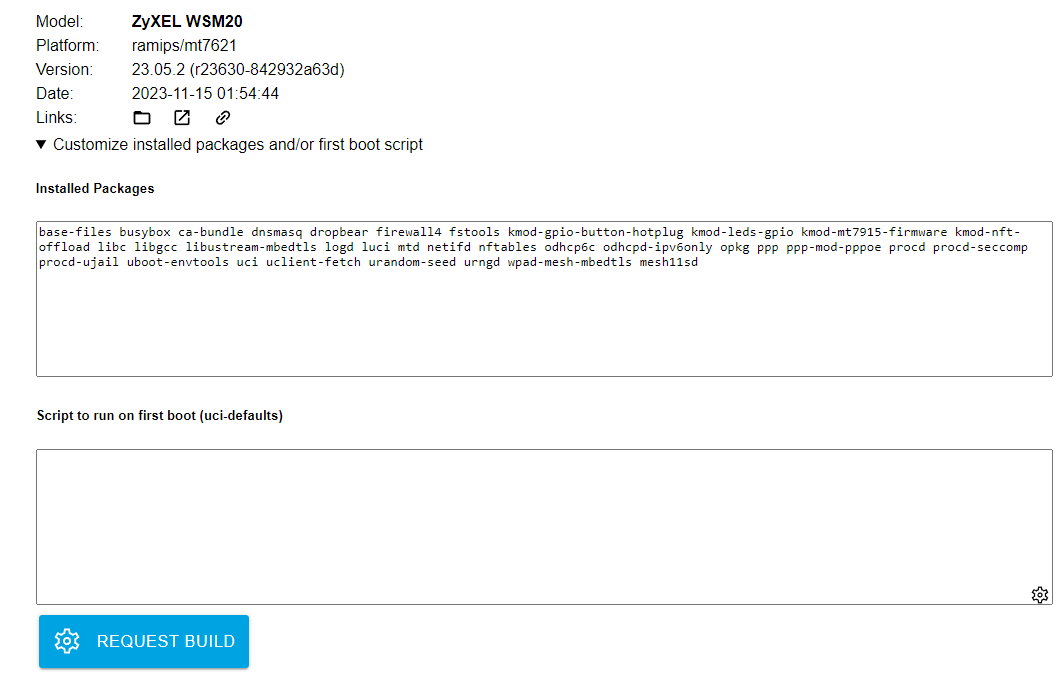I got 3 really cheap OpenWRT devices (Zyxel WSM20). I thought it would be easy to understand all this but I'm having trouble.
My goal is basically just wireless access in a 3 story house and the garden. I currently achieve this with a Eero system pretty well but I thought it would be cool to get the same with OpenWRT for way less. I want to make it clear that the 3 devices will all be connected wirelessly. Setup: a modem connected to one of the Zyxel WSM20 then 2 other WSM20 plotted around the place like Eero.
Right now I have all 3 devices flashed and that's it. The thing I'm having trouble with is how to actually achieve what I want. I see so much stuff flung around like relayd, wds and mesh (802.11s).
From what I know 802.11s is just kind of what the Eero does but that seems hard to setup and people have said wds or whatever has much faster speeds. Not gonna lie I only sort of know my way around luci so when I see stuff like: "Now, open the /etc/config/wireless configuration file and add the following line"... I just get lost. I understand I probably have to do this in ssh but unsure of the commands.
Hopefully that's enough back story for what I want so ultimately my questions:
1: Is there any full luci configuration I can follow or if ssh is needed, will it be fully explained anywhere?
2: What approach would be the most reliable? I know mesh will be harder to setup but if reliability will be better than relayd or wds I don't mind.
Thank you



